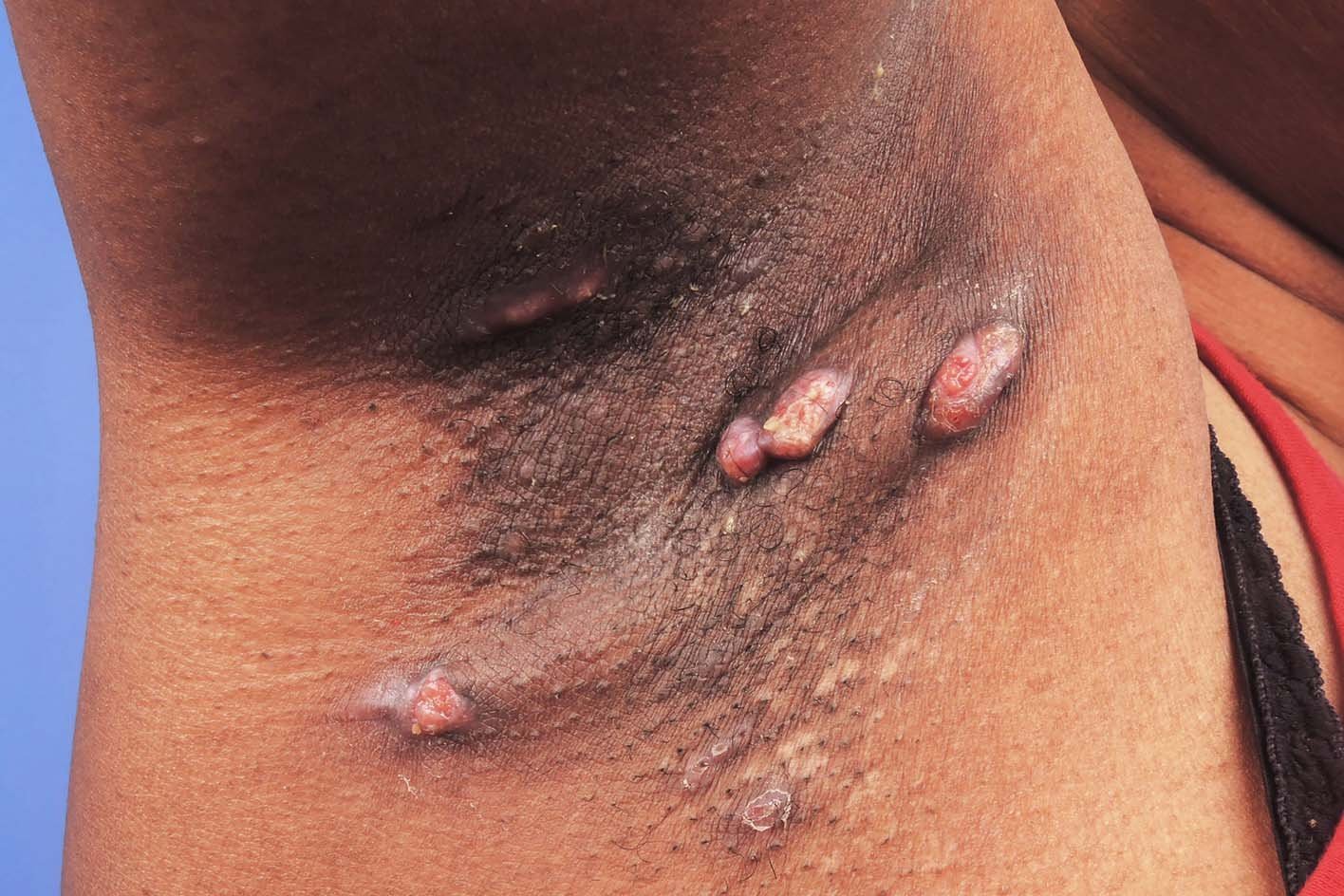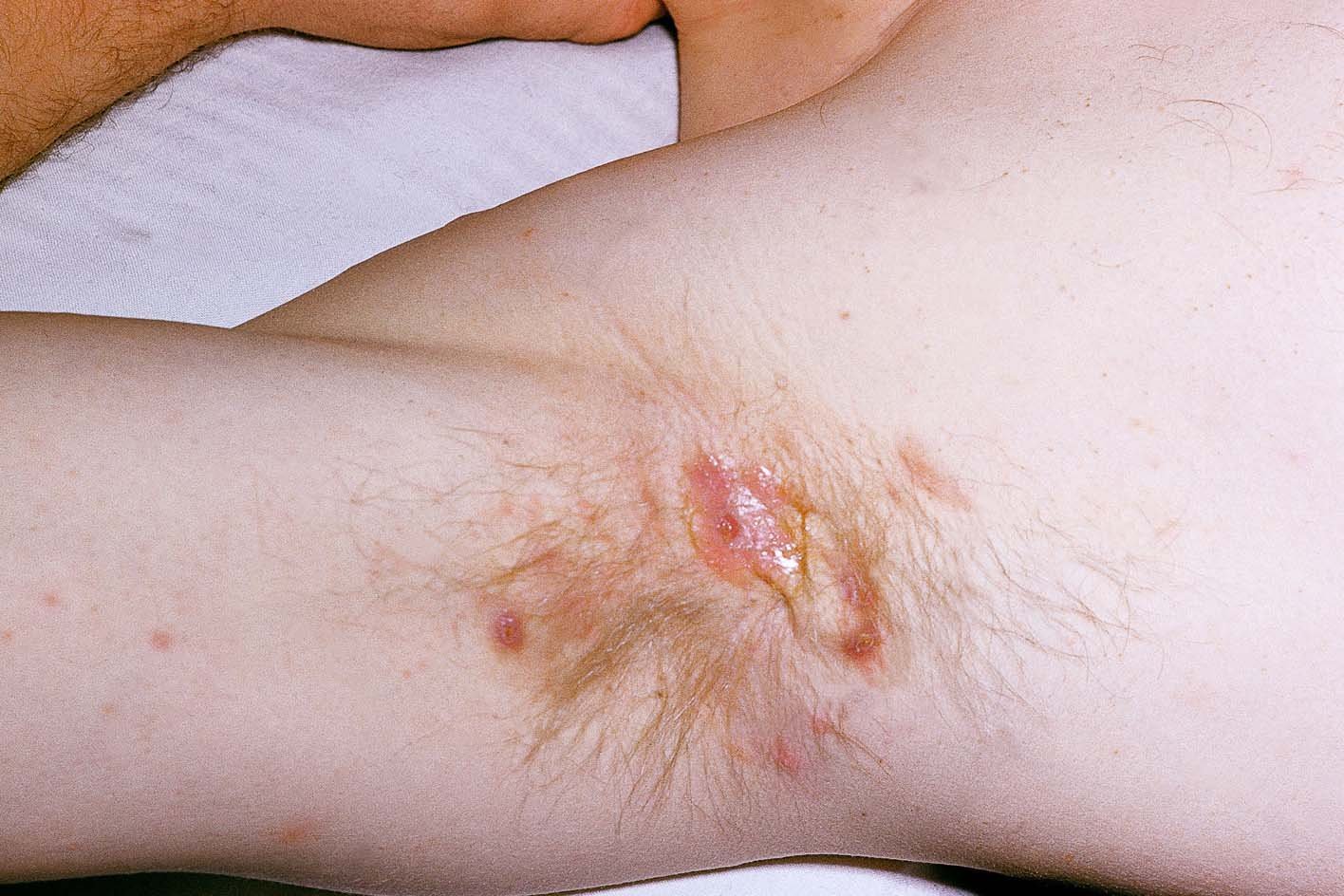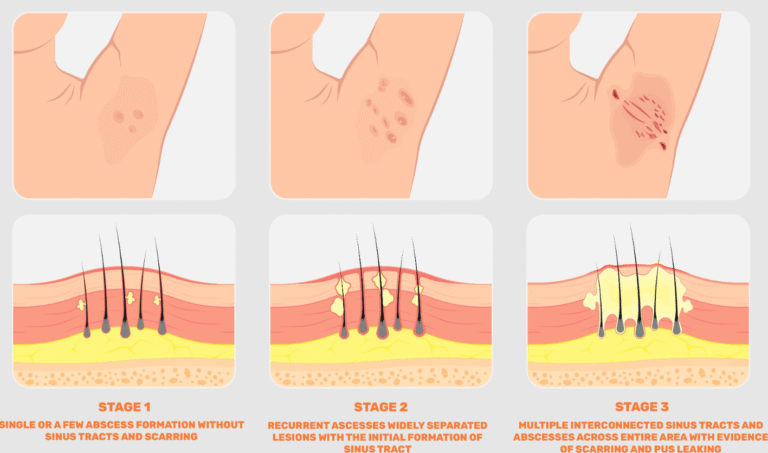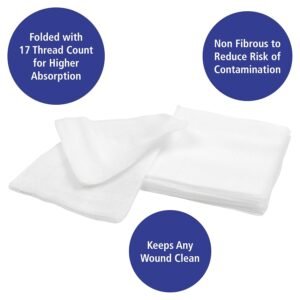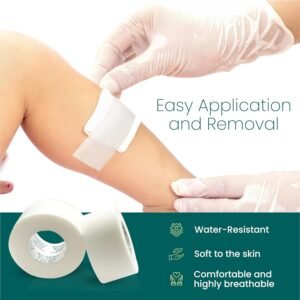Hidradenitis Suppurativa (HS) is a chronic skin condition characterized by:
Painful lumps or nodules under the skin, often in areas where skin rubs together (e.g., armpits, groin, buttocks, and under the breasts).
Tunnels (sinus tracts) or interconnected abscesses that may form under the skin over time.
Recurring abscesses that may break open and drain foul-smelling fluid or pus.
Scarring and thickened skin from repeated inflammation and healing.
Itching, burning, or tenderness in affected areas before new breakouts occur.
Symptoms typically worsen over time if untreated and can significantly affect quality of life. Early diagnosis and management are important.

